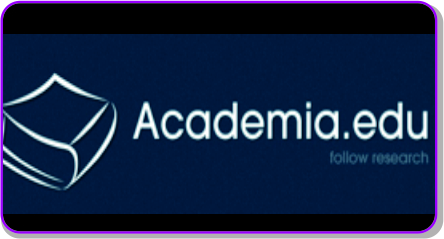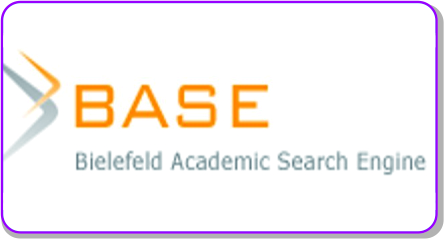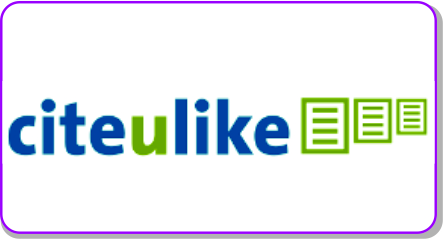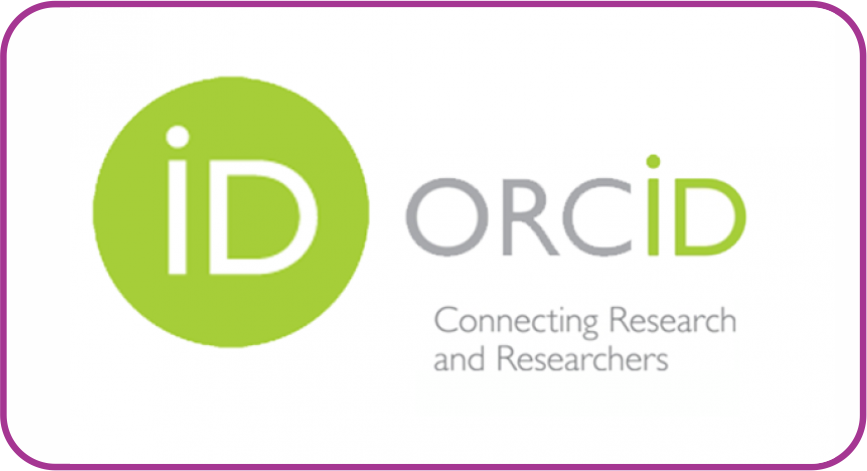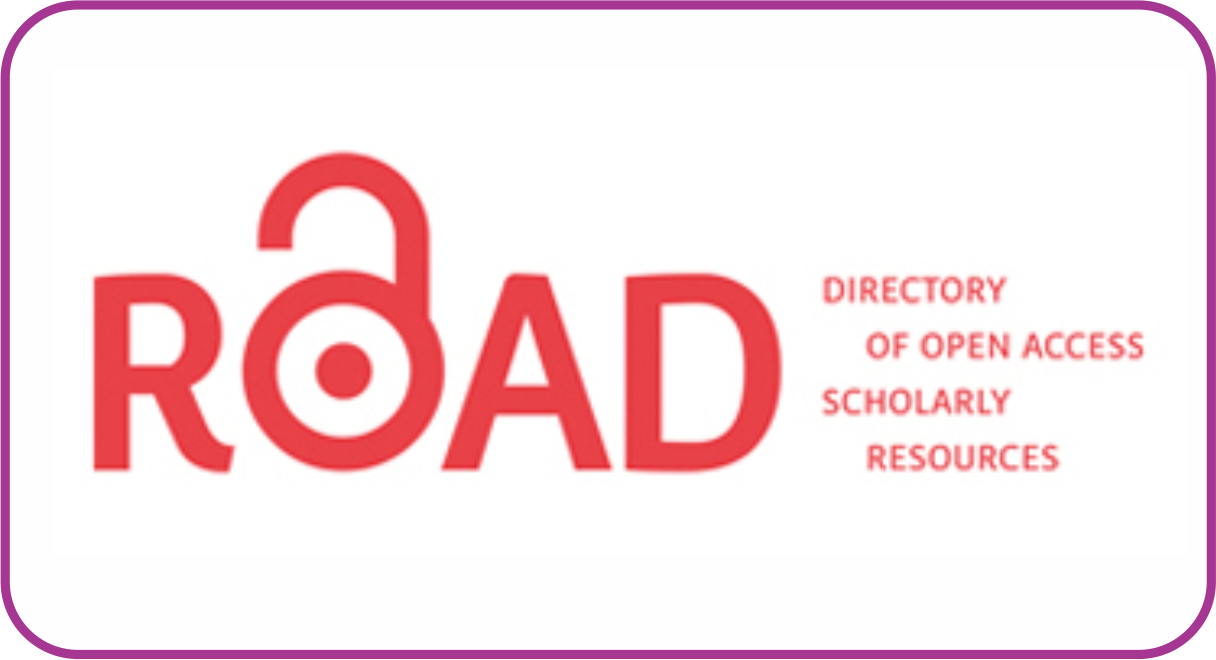Pengembangan Media Pembelajaran Digital IPA Di SMP N 3 Kecamatan Pangkalan
DOI:
https://doi.org/10.30983/educative.v4i2.2340Keywords:
epub, sigil, biology, bahan ajar digitalAbstract
Learning media is one of the important components in learning activities. Book as each of the teaching materials must be displayed in accordance with the times and technological developments. Today's smartphone technology has spread throughout the community, including junior high school students. For this reason, efforts need to be made to utilize this smartphone technology to support the learning process. This research is intended to develop teaching materials in the form of e-books or digital books using sigil. This research was carried out using the Four-D model RnD method. This teaching material has been created and validated by media experts in the field of informatics engineering and experts in the field of biology education. After the validation test, the validation value of the media expert is as big as 89,16 And experts in the field of biology education amount to 84,8
Media pembelajaran merupakan salah satu komponen penting dalam kegiatan pembelajaran. Buku sebagai salah satu media pembelajaran harus bisa ditampilkan mengikuti perkembangan zaman dan perkembangan teknologi. Teknologi smartphone dewasa ini sudah merambah keseluruh kalangan, tidak terkecuali siswa sekolah menengah pertama. Untuk itu perlu ada usaha yang dilakukan untuk memanfaatkan teknologi smartphone ini untuk menunjang proses pembelajaran. Penelitian ini ditujukan untuk mengembangkan media pembelajaran dalam bentuk e-book atau buku digital menggunakan sigil. Penelitian ini dilaksanakan dengan metode RnD model Four-D. Media pembelajaran ini telah dibuat dan divalidasi oleh ahli media bidang teknik informatika komouter dan ahli bidang pendidikan biologi. Setelah dilakukan uji validasi didapatkan nilai validasi dari ahli media sebesar 89,16 Dan ahli bidang pendidikan biologi sebesar 84,8
References
Akbar, S, Instrumen Perangkat Pembelajaran (Bandung: PT. Remaja Rosdakarya, 2013)
Ardiansyah, Reza, Aloysius Duran Corebima, and Fatchur Rohman, ‘Pengembangan Bahan Ajar Mutasi Genetik Pada Matakuliah Genetika’, Jurnal Pendidikan, 2.2012 (2017), 927–33
Azhar, Arsyad, ‘Media Pembelajaran’ (Jakarta: Rajawali Pers, 2014)
Hidayat, Rahmat, Vitria Ratna Sari, Vide Rawi, and Purnama Ade, ‘Pemanfaatan Sigil Untuk Pembuatan E- E - Book ( Electronic Book ) Dengan Format EPub EPu B’, Teknosi, 03.01 (2017), 1–8
Libus, Isma Ramadhani, and Jaslin Ikhsan, ‘Pengembangan Media Pembelajaran Kimia Berbasis Android Untuk Meningkatkan Motivasi Belajar Dan Prestasi Kognitif Peserta Didik SMA’, Jurnal Inovasi Pendidikan IPA Volume, 1.2 (2015), 191–201
Putra, Nusa, Research & Development Penelitian Dan Pengembangan : Suatu Pengantar, 1st edn (Jakarta: PT Rajagrafindo Persada, 2015)
S Sadiman, Arief, Media Pendidikan : Pengertian, Pengembangan Dan Pemanfaatannya (Jakarta: PT Rajagrafindo Persada, 2009)
Seamolec, Materi Buku Digital, 2013
Setiawan, Debi Adis, and Siti Malikhah Towaf, ‘Multimedia Interaktif Buku Digital 3D Pada Materi IPS Kelas IV Sekolah Dasar’, Jurnal Pendidikan, 3.2013 (2018), 1133–41
Statistik, Badan Pusat, Statistik Tekomunikasi Indonesia 2017, ed. by MItra Wardhini (Jakarta: Badan Pusat Statistik, 2018)
Sugiyono, Metode Penelitian & Pengembangan, ed. by Sofia ustiyani Suryandari (Bandung: Alfabeta, 2016)
‘Undang Undang Republik Indonesia Nomor 20 Tahun 2003’, Kemenristekdikti, 2003
Utomo, Eko Priyono, Form Newbie to Advance - Mudahnya Membuat Aplikasi Android (Yogyakarta: Andi Yogyakarta, 2012)
Zakir, Supratman, ‘Local Web Base Learning : Media Pembelajaran’, ASEAN Comparative Education Research Network Conference 2015, 2015, 1107
Downloads
Additional Files
Submitted
Accepted
Published
Issue
Section
License
Authors who publish with this journal agree to the following terms:
1. Authors retain copyright and grant the journal right of first publication with the work simultaneously licensed under a Creative Commons Attribution License that allows others to share the work with an acknowledgment of the work's authorship and initial publication in this journal.
2. Authors are able to enter into separate, additional contractual arrangements for the non-exclusive distribution of the journal's published version of the work (e.g., post it to an institutional repository or publish it in a book), with an acknowledgment of its initial publication in this journal.
3. Authors are permitted and encouraged to post their work online (e.g., in institutional repositories or on their website) prior to and during the submission process, as it can lead to productive exchanges, as well as earlier and greater citation of published work (See The Effect of Open Access).





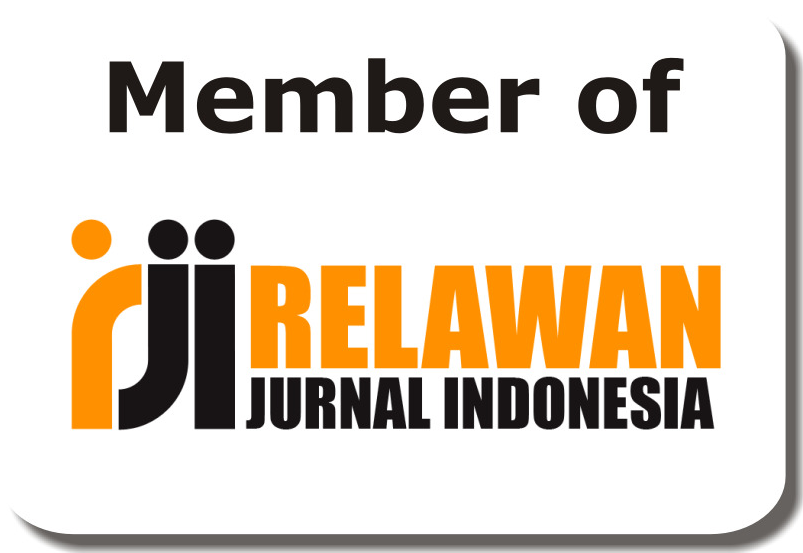
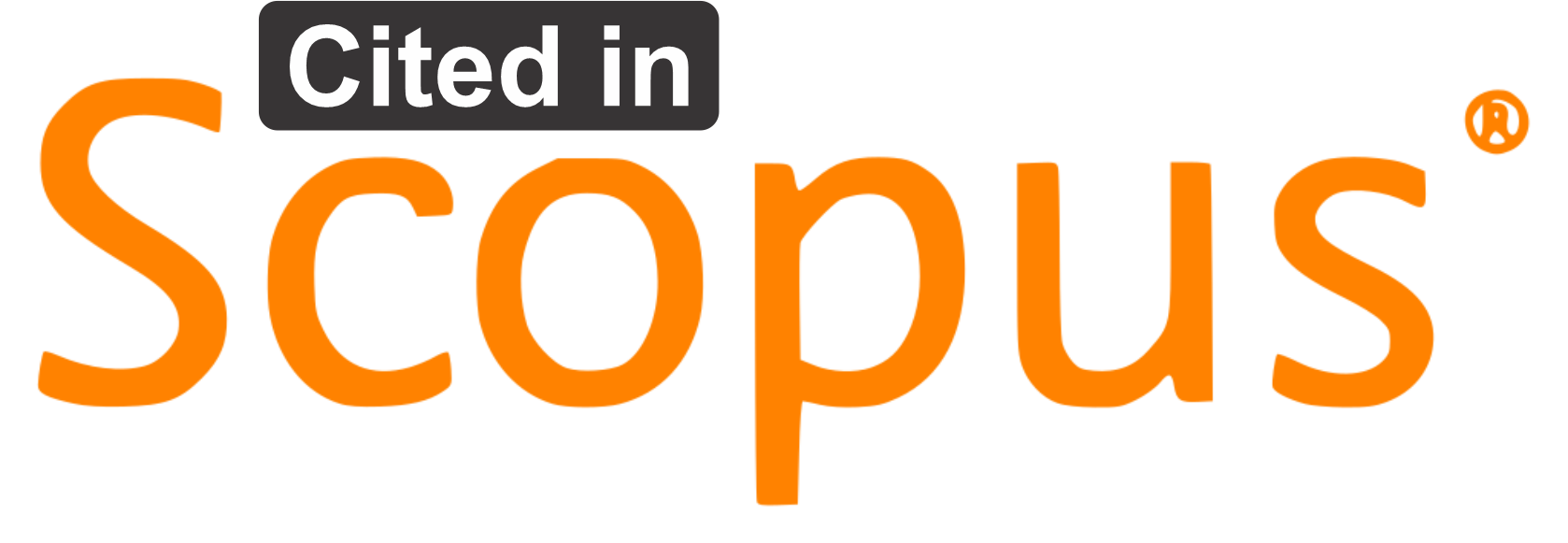

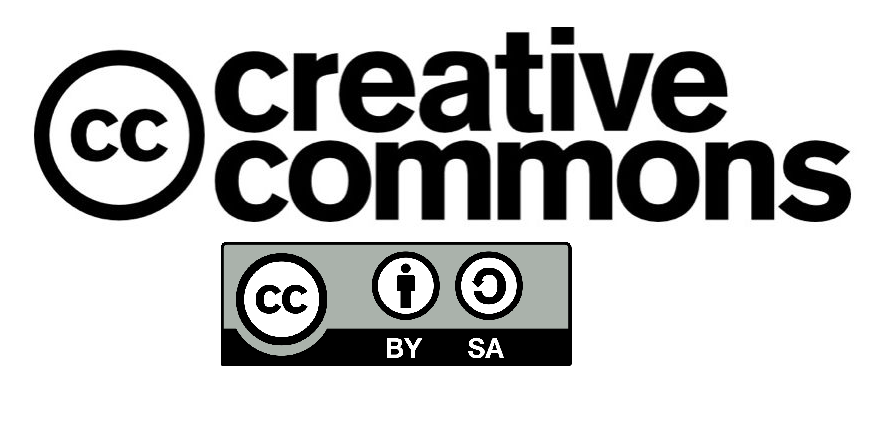
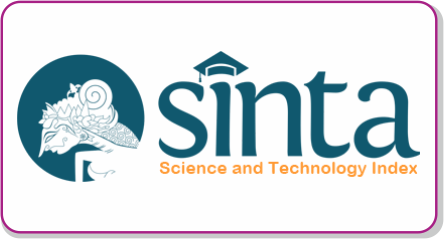
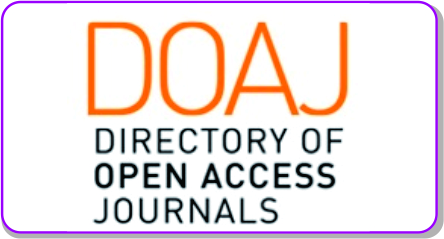


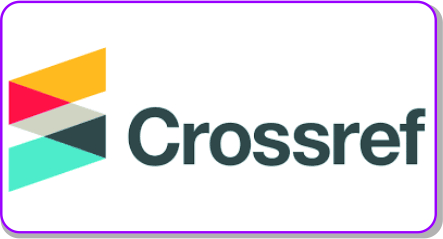


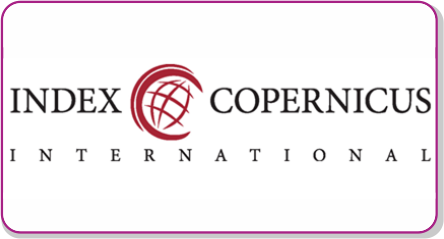

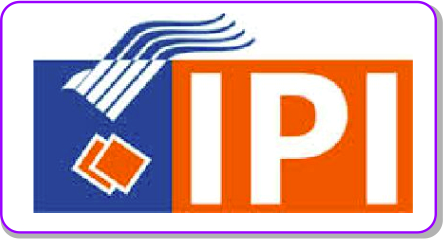 Â
 